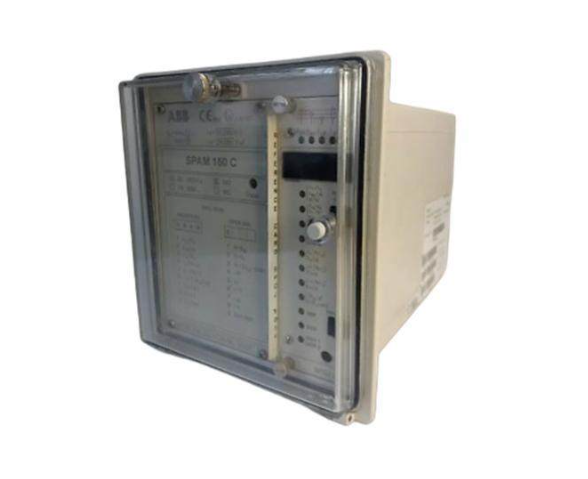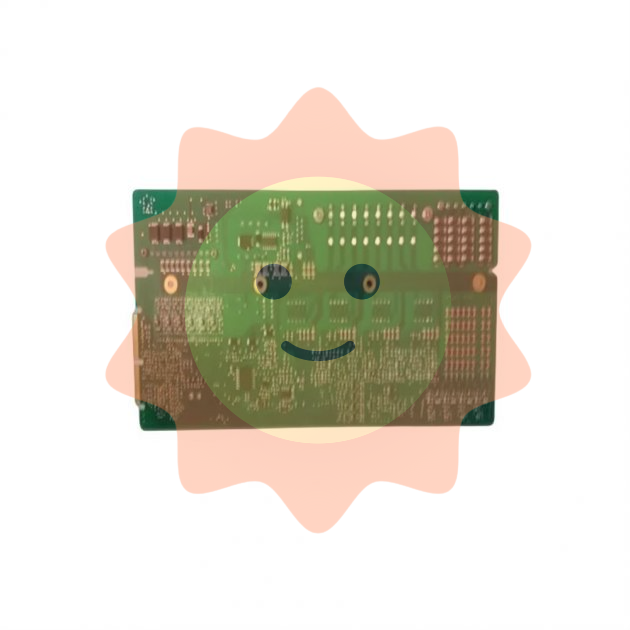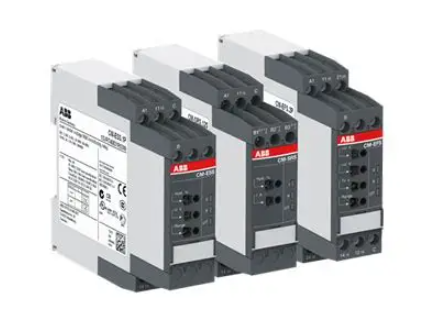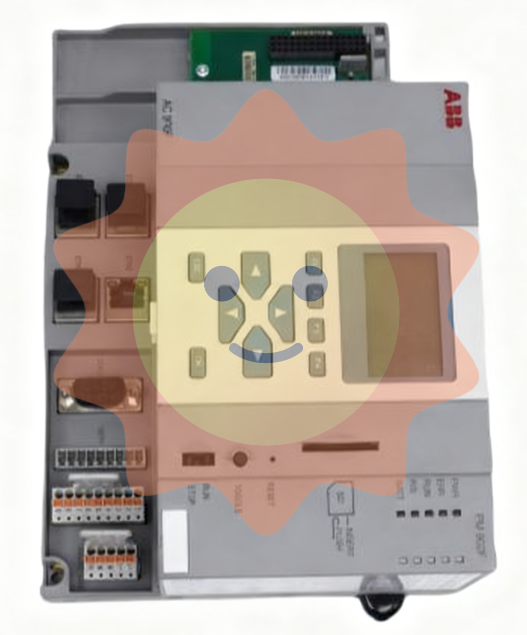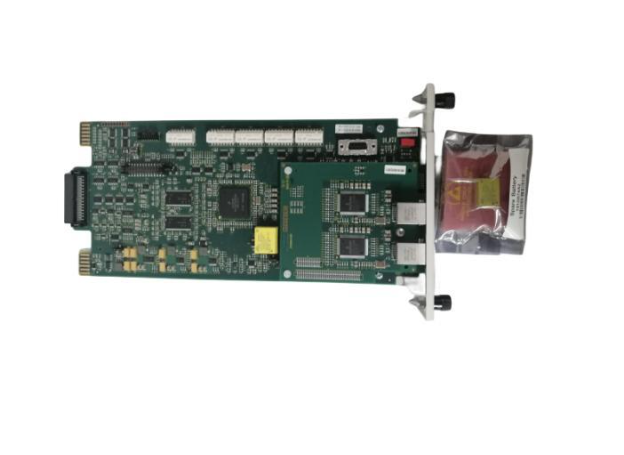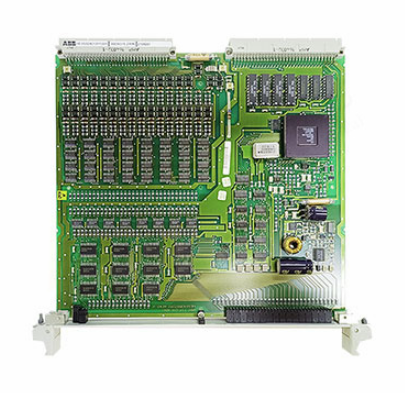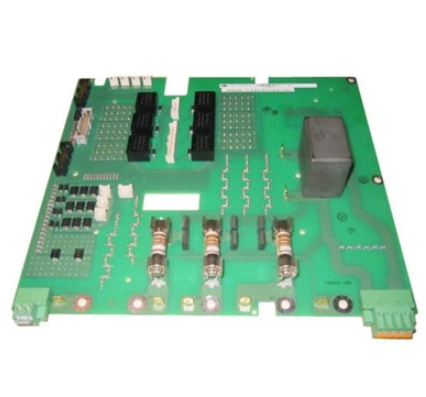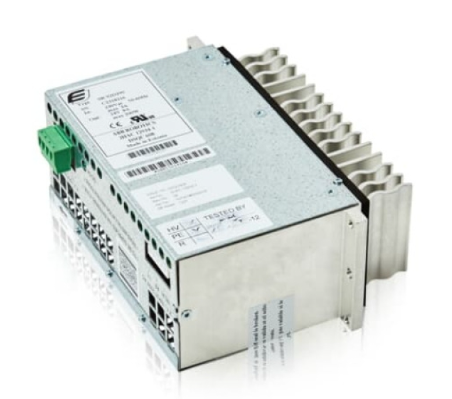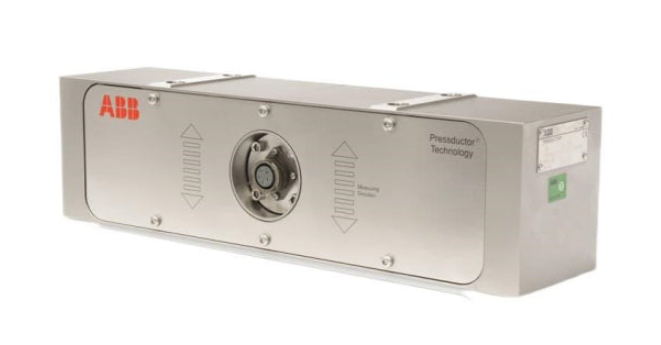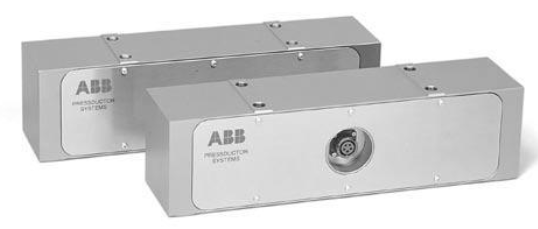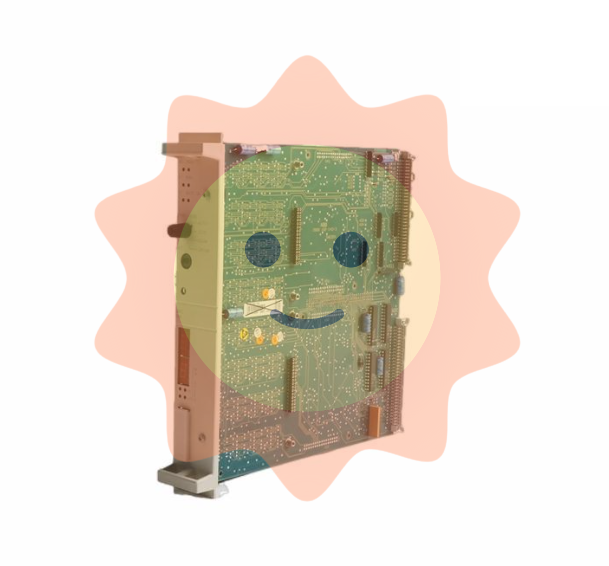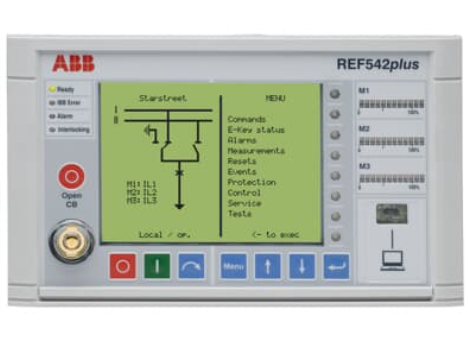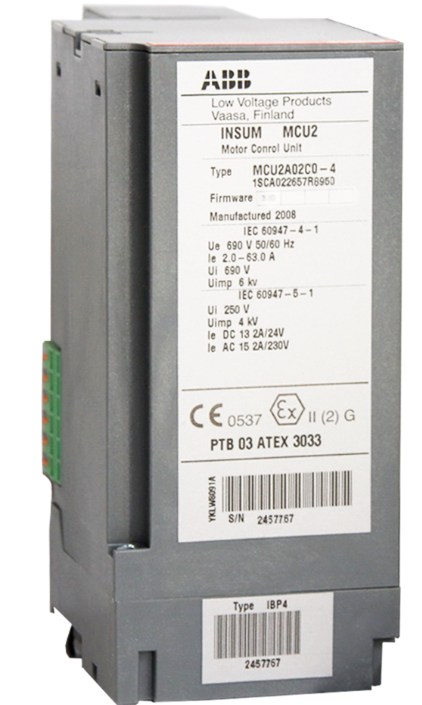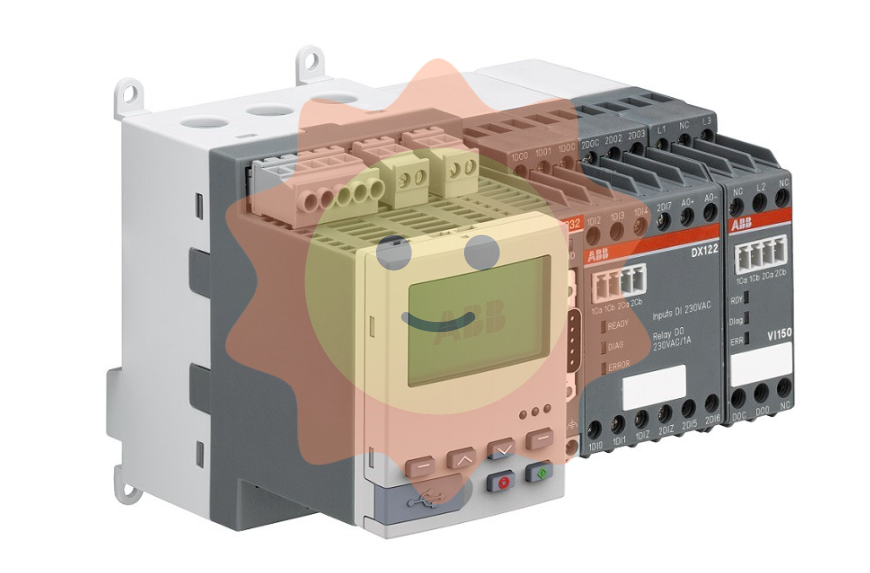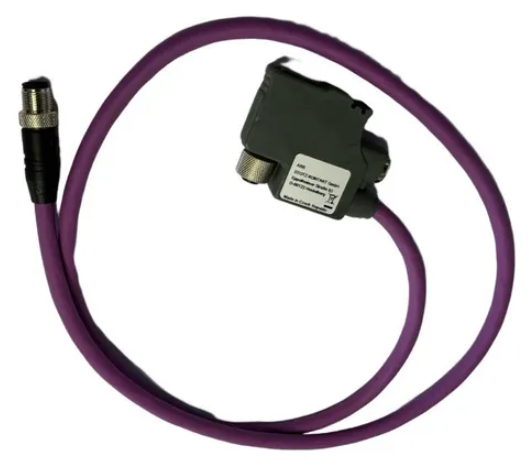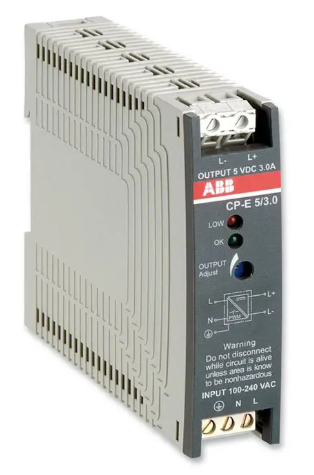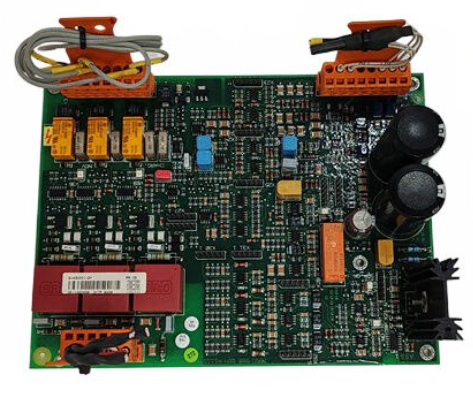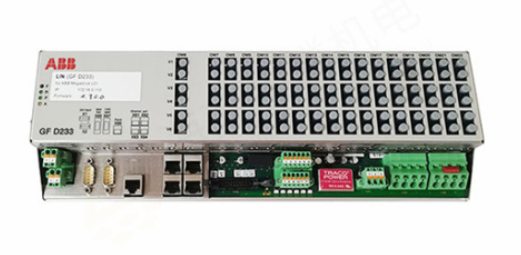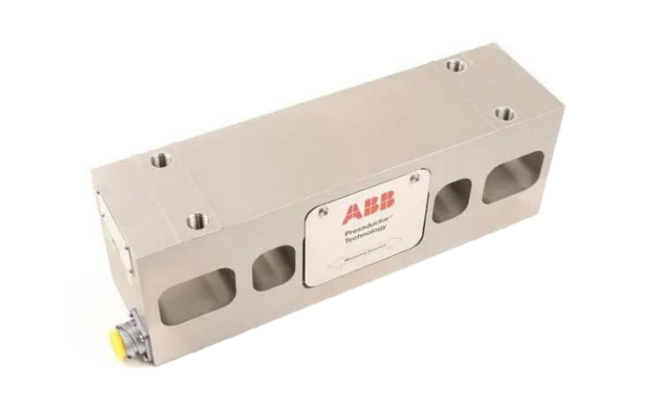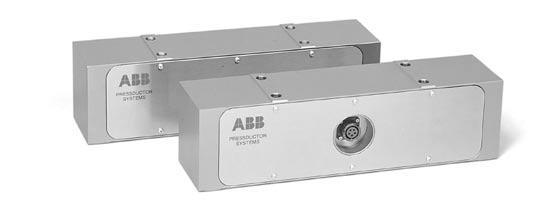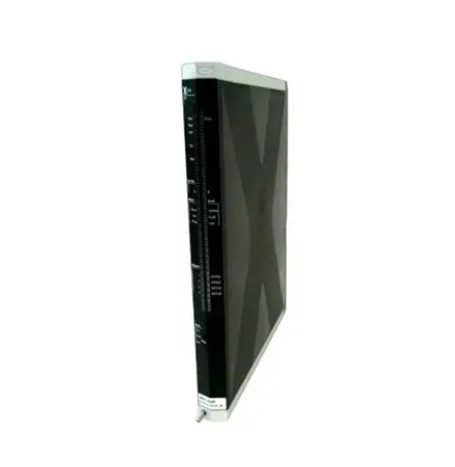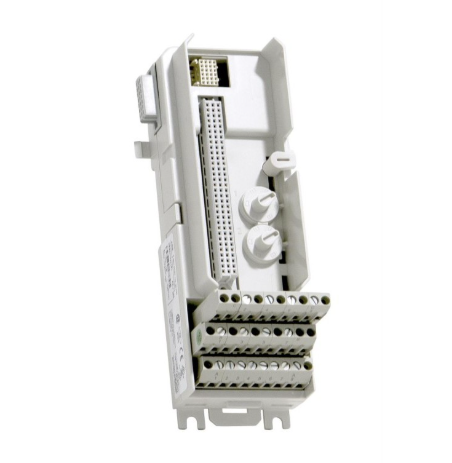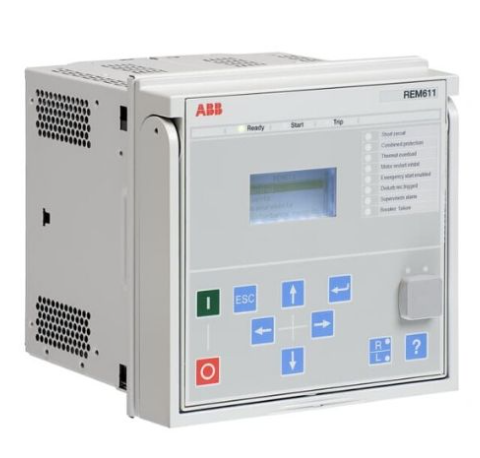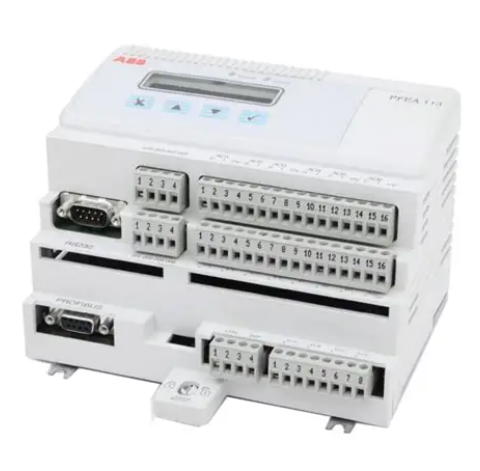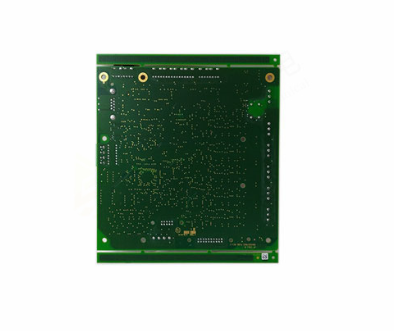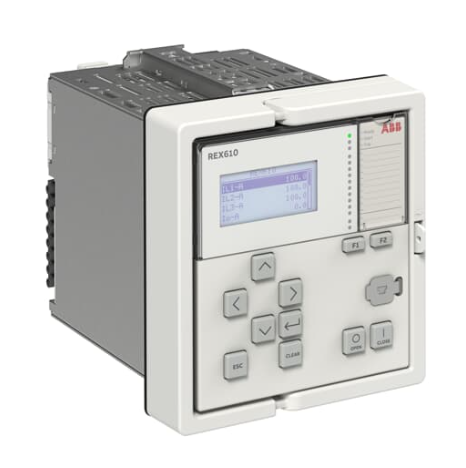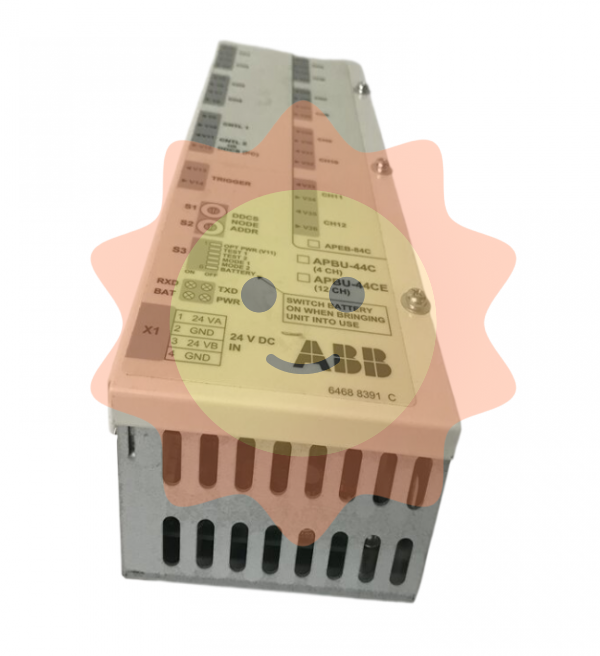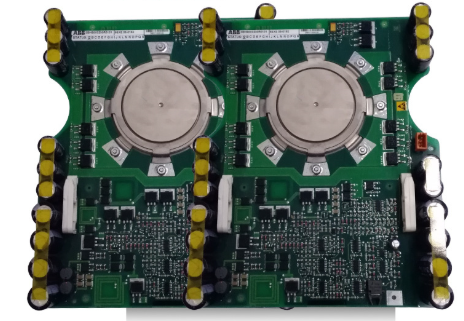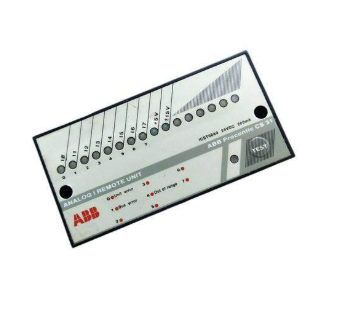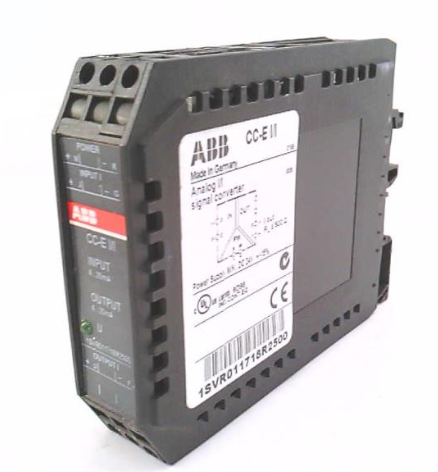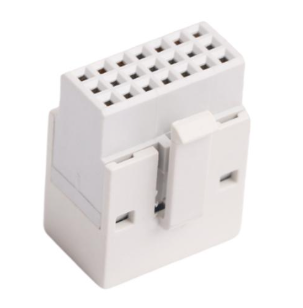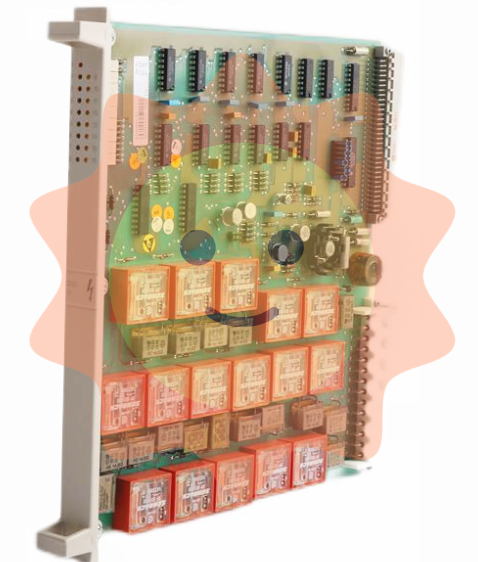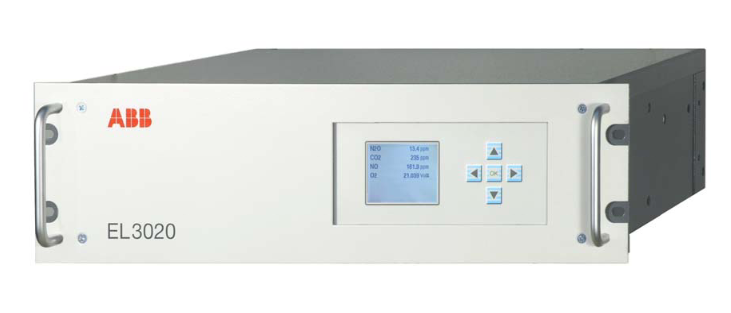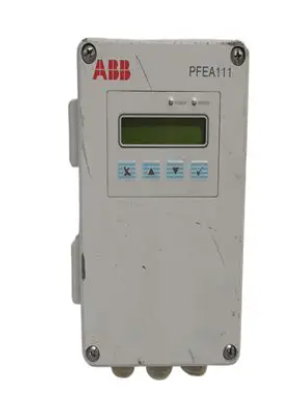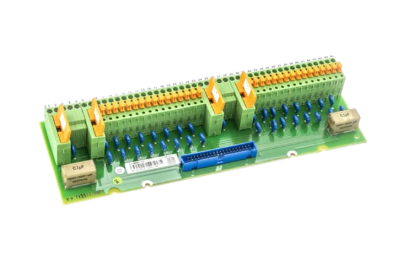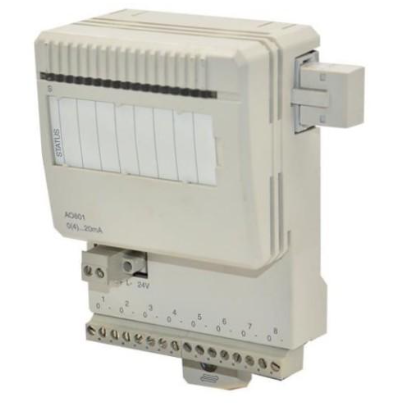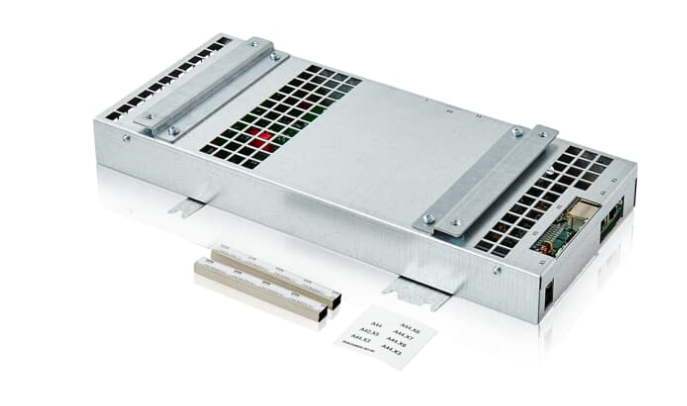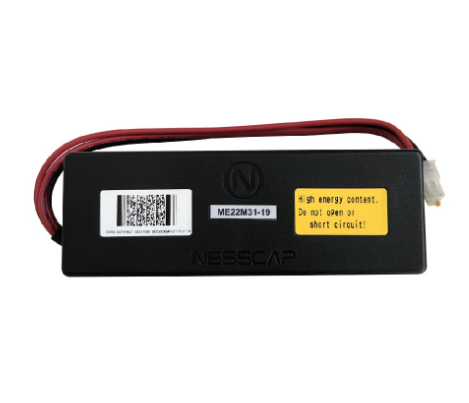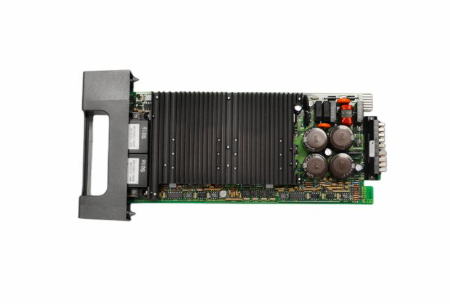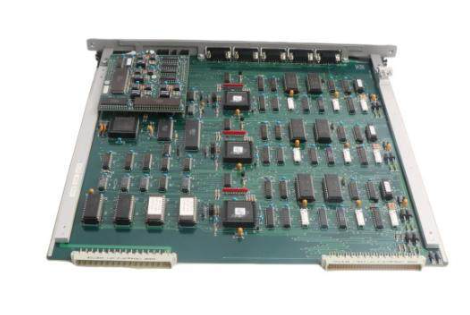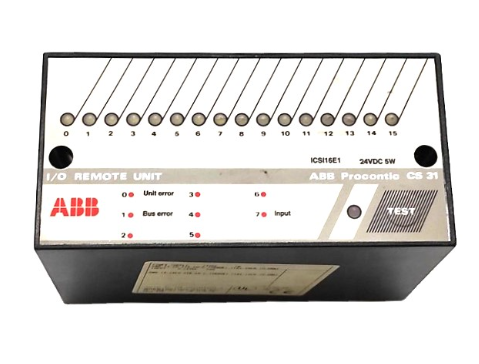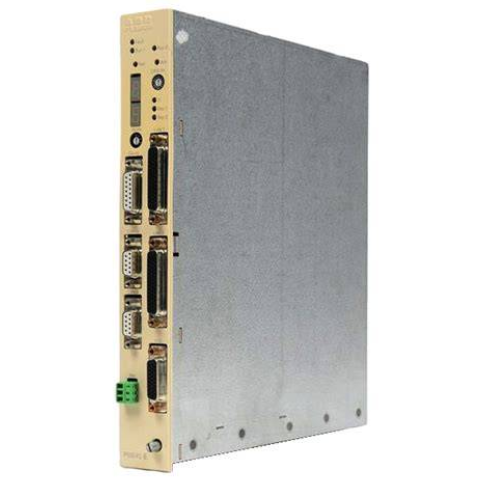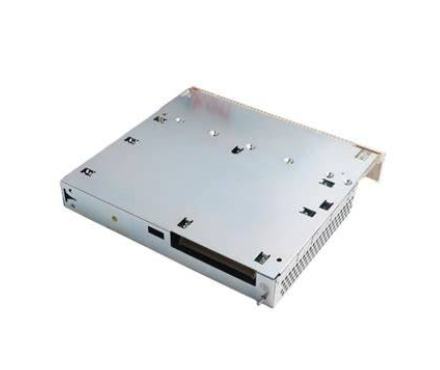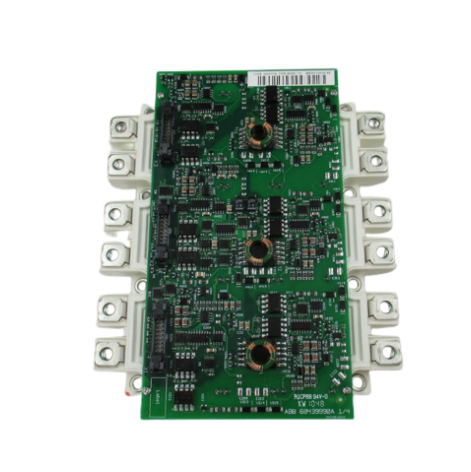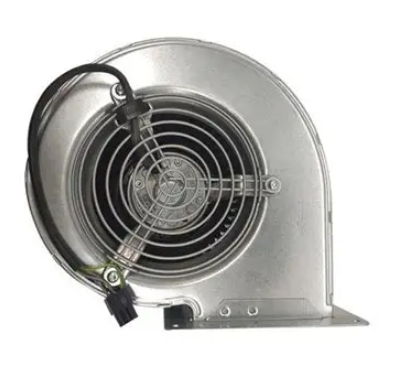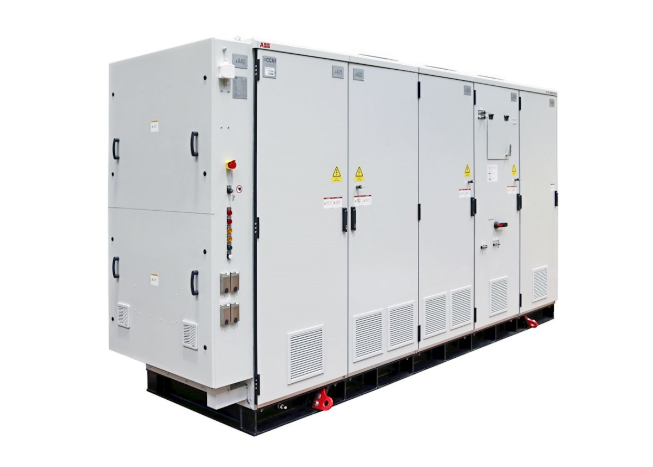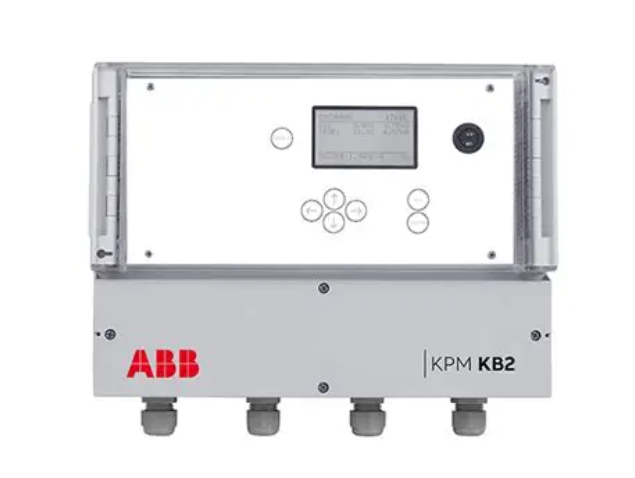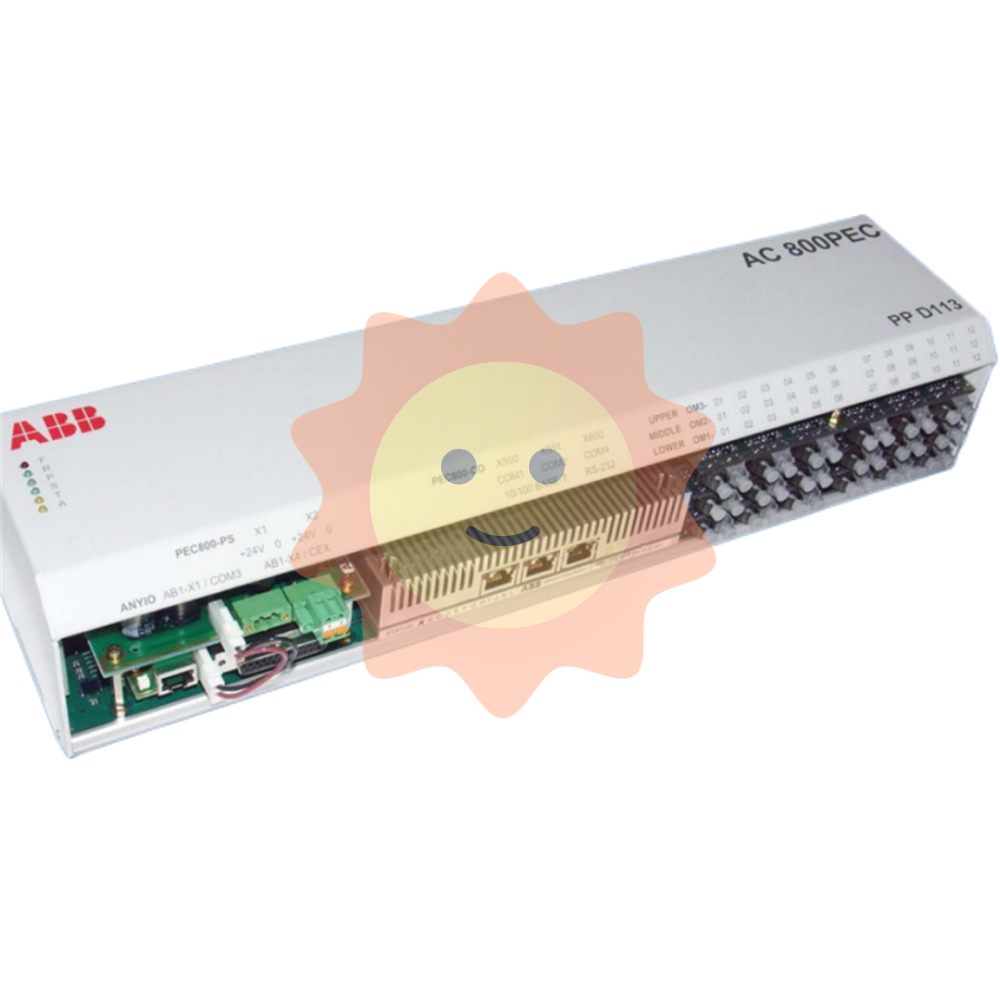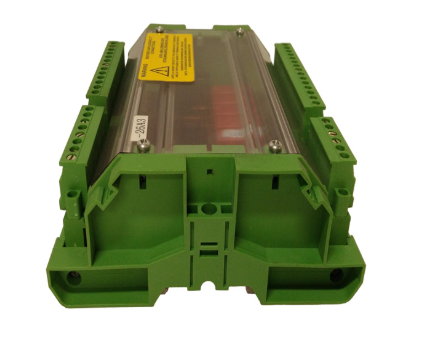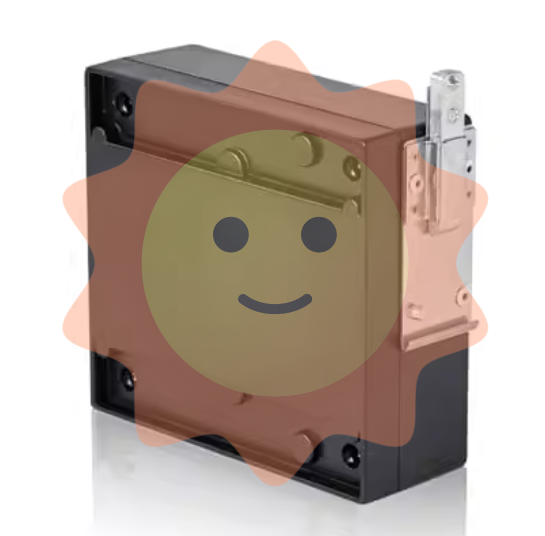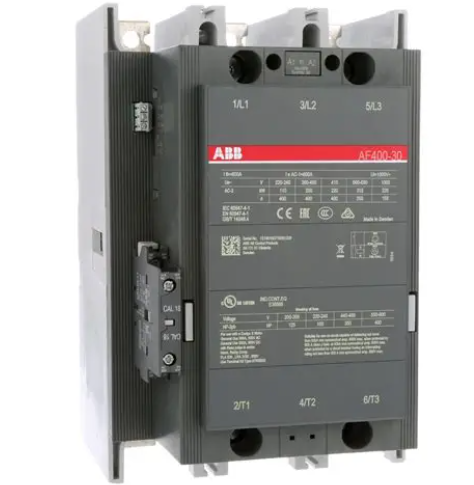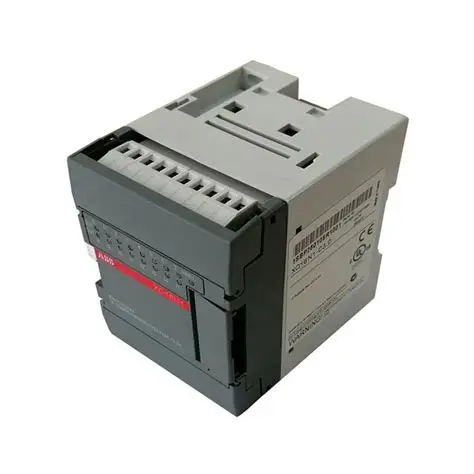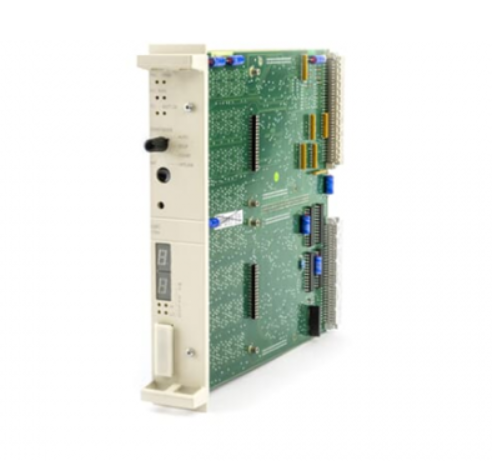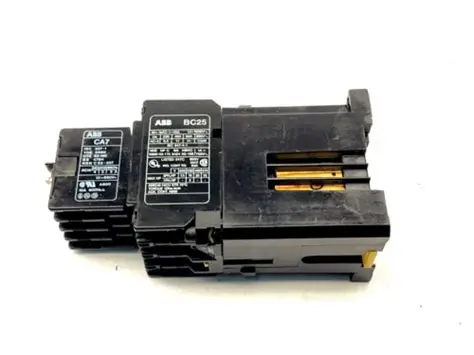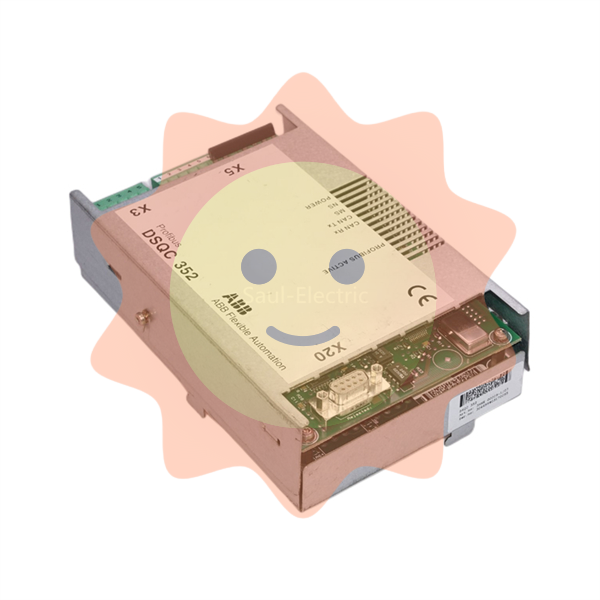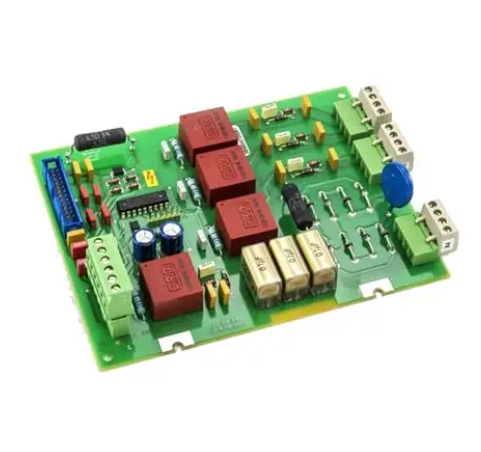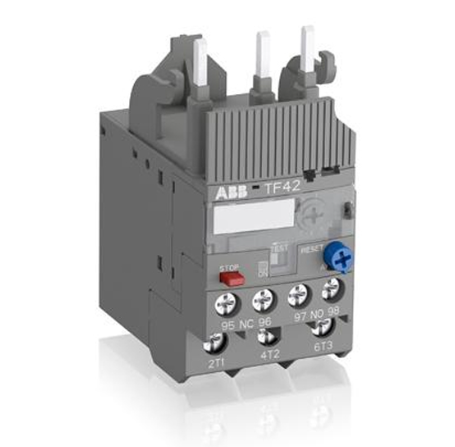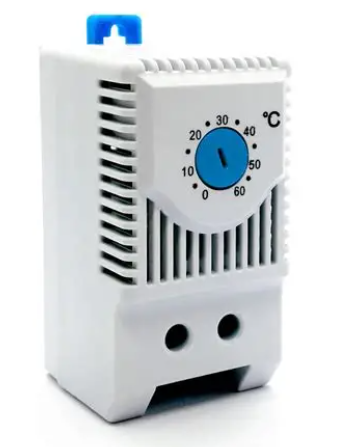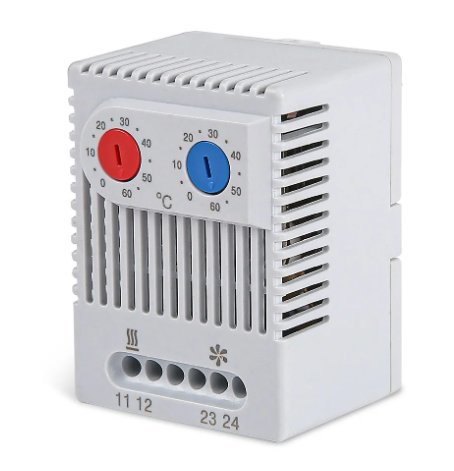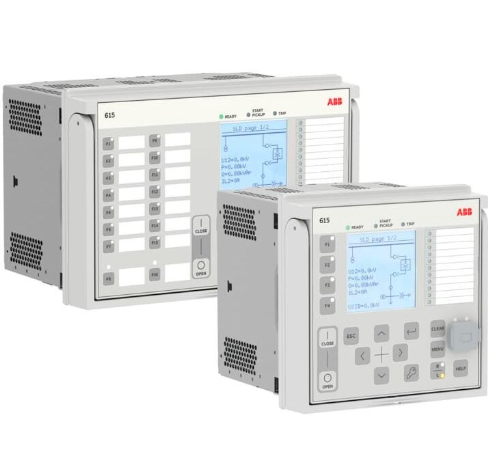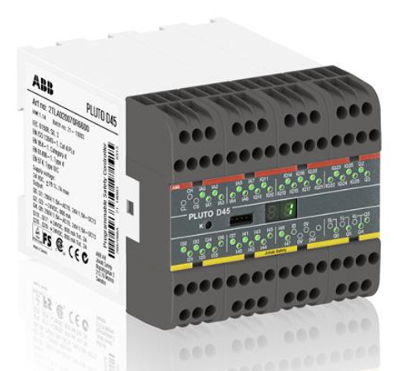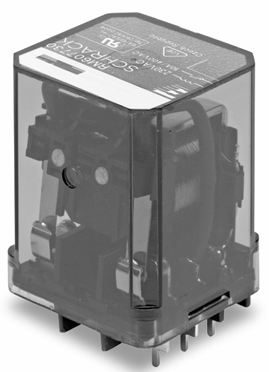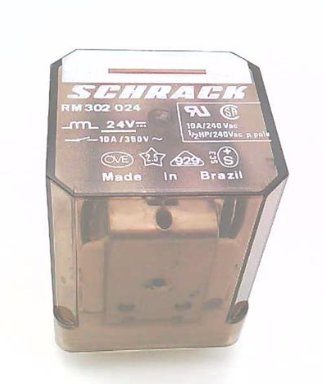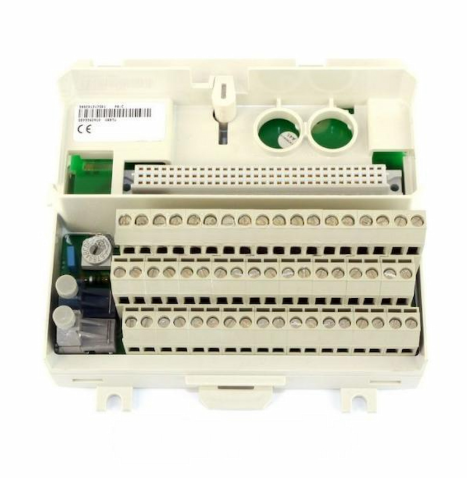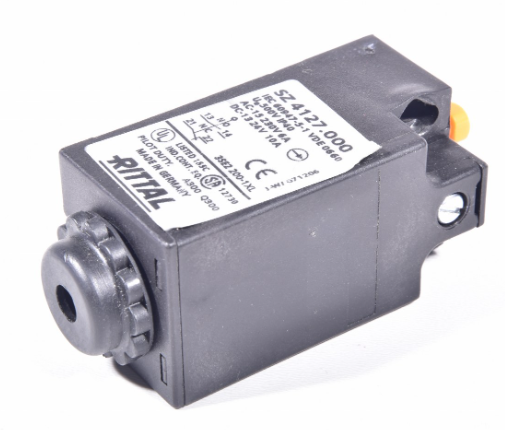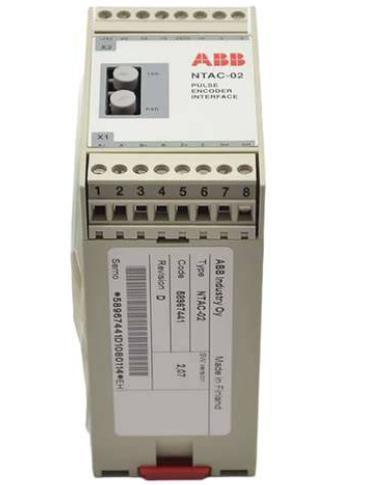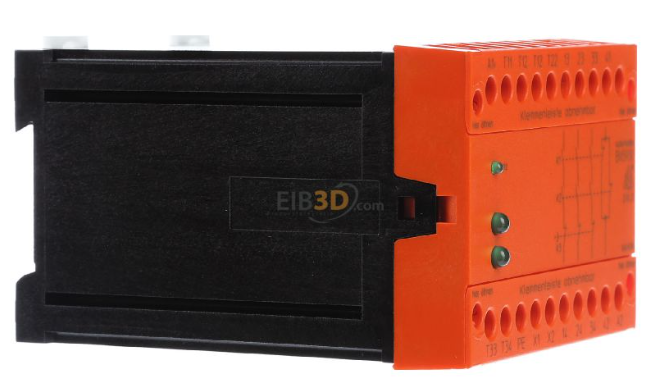Process and type of coking wastewater treatment
At present, the whole world is facing the severe situation of water shortage and water quality deterioration, and water pollution has become one of the important environmental problems facing the world today. China's per capita water resources are only 0.24 million m³, only 1/4 of the world's per capita water resources, is one of the world's 12 water-poor countries, so strengthen the control of new pollution sources, improve the treatment conditions of old pollution sources, in order to fundamentally change the deterioration of water quality in our country. Today, I will introduce to you the treatment of coking wastewater.

Coking wastewater treatment has always been a major problem in the field of sewage treatment at home and abroad. The composition of pollutants in wastewater is complex, containing heterocyclic compounds such as volatile phenols, polycyclic aromatic hydrocarbons and oxygen, sulfur and nitrogen, which is a high concentration organic industrial wastewater that is difficult to biodegrade. At present, coking wastewater treatment generally needs to be pre-treated, secondary treatment and advanced treatment before it can be discharged up to standard. The pretreatment techniques of coking wastewater include anaerobic acidification, gas flotation and coagulation precipitation. There are many secondary treatment methods, such as biochemical method, physical method, chemical method and physico-chemical method. The advanced treatment techniques of coking wastewater include chemical oxidation, break point chlorination, flocculation and precipitation combined with chlorination, adsorption filtration combined with ion exchange, etc. But at present, the most commonly used method is to carry out multi-stage biological aeration treatment of coking wastewater after oil removal by oil trap and secondary gas flotation tank, and then further treatment by oxidation pond or adsorption method before discharge. 1. Source of wastewater。
Coking wastewater is an industrial wastewater containing volatile phenols, polycyclic aromatic hydrocarbons, oxygen, sulfur, nitrogen and other heterocyclic compounds produced in the process of high temperature distillation, purification and by-product recovery of coke and gas. It is a kind of industrial organic wastewater with high CODcr, high phenol value, high ammonia nitrogen and difficult to treat. Its main sources are three: first, the residual ammonia water, which is produced in the coal distillation and gas cooling wastewater, its water volume accounts for more than half of the total coking wastewater, is the main source of coking wastewater; The second is the waste water produced in the process of gas purification, such as gas cold water and crude benzene separation water; The third is the waste water produced in the refining process of tar, crude benzene and other occasions. 2, wastewater characteristics

The pollutants contained in coking wastewater include phenols, polycyclic aromatic compounds and heterocyclic compounds containing nitrogen, oxygen and sulfur, etc. It is a typical industrial wastewater containing organic compounds that are difficult to degrade. The easily degradable organic compounds in coking wastewater are mainly phenolic compounds and benzene compounds, and arsenic, naphthalene, furan and imitazole belong to the degradable organic compounds. The main organic compounds that are difficult to degrade are pyridine, carbazole, biphenyls, triphenyls and so on.
The quality of coking wastewater varies greatly due to the different process flow and production operation mode of each plant. The quality of ammonia wastewater in general coking plants is as follows: CODcr3000-3800mg /L, 600-900mg /L of phenol, 10mg /L of cyanide, 50-70mg/L of oil, and about 300mg/L of ammonia nitrogen. If CODcr is calculated according to 3500mg /L, ammonia nitrogen is calculated according to 280mg/L, then at least 0.65kgCODcr and 0.05kg ammonia nitrogen can be produced per ton of coke, the national machine coke production is 70 million tons, then 45,500 tons of CODcr and 3500 tons of ammonia nitrogen can be produced annually, if the sewage is not treated, How much pollution will be caused to the environment. 3. Wastewater treatment methods
At present, there are many ways to treat the waste water of coking plant, and the first way should consider the treatment of coking waste water comprehensively. If the plant site is selected when the plant is built, the wastewater treatment program should be demonstrated, and the upper, lower and surrounding conditions of the plant site should be fully considered, and it should not be located near the water source and places with special requirements; Whether the treated water can be sent to the nearby coal washing plant, the integrated wastewater treatment plant of the iron and steel plant, and the urban sewage treatment plant to make the wastewater treatment plan more reasonable is also a problem that must be considered.
Secondly, the wastewater treatment can not be considered only, but should be unified with the gas purification process to consider the design scheme. Starting from the device that produces the waste water, each process is designed according to the requirements, reducing the burden of the final waste water treatment device. For example, Shanghai Baosteel Phase III project will be ammonia distillation section and wastewater treatment combined into a workshop, so that it can meet the standards of discharge.

The treated wastewater will be used in the plant as far as possible, such as sending coke quenching supplementary water, dust removal supplementary water, coal yard sprinkling water, etc., so as to reduce the external displacement, while taking measures to prevent adverse effects on the environment and equipment. 4, domestic and foreign coking wastewater treatment technology
At present, 80% of the domestic coking plants generally adopt the traditional biological nitrogen removal treatment as the core of the coking wastewater process. It is divided into pretreatment, biochemical treatment and advanced treatment. Physical and chemical methods were used for pretreatment, such as oil removal, ammonia distillation, extraction and dephenolization. The main biochemical treatment processes are A/O, A2/O, etc. The main advanced treatment processes are activated carbon adsorption, activated carbon biofilm and oxidation pond. In Europe, the common process of coking wastewater treatment is to remove suspended solids and oil pollutants, then use ammonia evaporation to remove ammonia nitrogen, and then use biological oxidation to remove phenol thiocyanide and thiosulfate. In some cases, the wastewater is also treated for final advanced treatment before discharge. In the United States, the wastewater treatment process of coking plants is: detar - ammonia distillation process - activated sludge process and sludge dewatering system. In general, the treatment methods of coking wastewater in foreign countries are basically the same as those in China.
(1) : Physical treatment method
1 Adsorption method
Adsorption method is the use of porous adsorbents to adsorb one or several solutes in sewage, so that the sewage can be purified. Activated carbon is one of the most commonly used adsorbents. Activated carbon adsorption method is suitable for the advanced treatment of sewage. Liu Junfeng et al. used high temperature slag filtration, and then used Nankai H2103 macroporous resin to adsorb the coking wastewater containing 520mg/L of phenol and 3200mg/L of CoD. the treated effluent reached the national discharge standard.
2 Coagulation and flocculation precipitation method
Coagulation method is to add coagulant to sewage and hydrolyze it to produce hydrated ions and hydroxide colloid, neutralize the charge on the surface of some substances in sewage, so that these charged substances agglutinate. It is used to treat fine suspended matter and colloidal particles that are difficult to precipitate by natural precipitation method in sewage, so as to reduce the turbidity and chroma of sewage, but it is ineffective for soluble organic matter. It is often used for deep treatment of coking wastewater. This method has low processing cost and can be used intermittently or continuously. The anaerobic and aerobic biological denitrification combined with polyiron flocculation mechanical accelerated clarification method was used to treat the coking wastewater comprehensively in Shanghai Coking Plant. COD and NH3-N in the effluent were <158mg/L and <15mg/L respectively. In recent years, the application of new compound coagulants in the treatment of coking wastewater has been widely studied.

3Fenton reagent process
Fenton reagent is a strong oxidizing agent obtained by mixing H2O2 and Fe2+. As it can produce 61OH free radicals with strong oxidation capacity, Fenton reagent has the advantages of rapid reaction, mild reaction conditions such as temperature and pressure, and no secondary pollution when treating organic wastewater that is difficult to biodegrade or general chemical oxidation. Therefore, it has been paid more and more attention by environmental protection workers at home and abroad in the past 30 years.
(2) : biochemical treatment
Biochemical treatment is a method of using microbial oxidation to decompose organic matter in sewage, which is often used as a secondary treatment in coking sewage treatment system.
At present, the A/O and A2/O processes and their variant nitrogen removal processes are mainly used for the nitrogen removal treatment of coking wastewater in China, and the nitrogen removal effect is good. Min Zhang et al. compared the A-A-O process with the A-O process, and the experiment showed that the A-A-O process was superior to the A-O process in terms of NH3-N removal and denitrification, especially in terms of denitrification rate, the A-A-O process was twice that of the A-O process. At present, the A-A-O process is adopted after optimizing the original A-O process in the first and second phase coking wastewater of Baosteel. At present, the system operates statically, but due to complex condition control and high investment cost, in order to ensure the treatment effect, the sludge and sewage return flow in operation is large, which increases the power consumption, and the internal circulating liquid brings in a large amount of dissolved oxygen, making it difficult to maintain an ideal anoxic state in the denitrification tank, affecting the denitrification process and reducing the nitrogen removal efficiency.
The SBR tank has the functions of homogenization, precipitation, biodegradation and final settling. The research results of SBR method at home and abroad show that the process is simple, the operation cost is low, the operation management is simple, and the regulation tank is not needed, and the initial sedimentation tank can be omitted in most cases. SBR reaction tank has strong biochemical reaction ability, good treatment effect, can effectively prevent sludge swelling, strong impact load resistance, and strong working stability. The removal rate of NH3-N can reach 60% when it is used to treat coking wastewater. The traditional SBR method has low degradation efficiency for coking wastewater.

3 Oxidation ditch technology
With the development of oxidation ditch technology, a series of sewage treatment processes combining nitrogen removal technology and oxidation ditch technology have appeared. According to the operation mode, the oxidation ditch can be divided into continuous working type, alternating working type and semi-alternating working type. Continuous working oxidation ditch, such as Parswell oxidation ditch, Carrousel oxidation ditch. Aubel oxidation ditch is widely used in our country, and these oxidation channels can achieve better nitrogen removal effect by setting appropriate hypoxic and aerobic sections.
(3) : chemical treatment method
1 Catalytic wet oxidation technology
Under the condition of high temperature and high pressure, under the action of catalyst, the organic matter dissolved in water or suspended in water is oxidized with oxygen in the air, and finally converted into harmless substances N2 and CO2. Research on this technology began in the 1970s and was developed on the basis of Zim-merman's wet oxidation technique. The wet catalytic oxidation method has the advantages of wide application range, fast oxidation rate, high treatment efficiency, low secondary pollution, recoverable energy and useful materials. However, because the catalyst is expensive, and operates under high temperature and pressure conditions, the process equipment is strictly required, and the method is rarely used for sewage treatment in China.
2 Ozone oxidation method
Ozone is a strong oxidizing agent, which can react quickly with most organic matter and microorganisms in sewage, and can also play the role of decolorization, deodorization and sterilization. This method will not cause secondary pollution, operation and management is simple and convenient. However, this method also has the disadvantages of high investment, high power consumption and high processing cost. At the same time, if not properly operated, ozone will cause harm to the surrounding organisms. Therefore, the current ozone oxidation method is also mainly used in the advanced treatment of sewage. Ozonation has been applied in the United States to treat coking wastewater.

2 Photocatalytic oxidation method
Photocatalytic oxidation is a reaction between electrons and voids caused by light energy, resulting in electrons (hole pairs) with strong reactivity, and these electrons (hole pairs) migrate to the surface of the particles, which can participate in and accelerate the REDOX reaction. The photocatalytic oxidation method has a high removal rate of phenols and other organic substances in water. Under the optimal photocatalytic condition, the effluent COD value can be reduced from 472mg/L to 100mg/L when the effluent flow is controlled to 3600mL/h, and no PAHs can be detected.
- EMERSON
- Honeywell
- CTI
- Rolls-Royce
- General Electric
- Woodward
- Yaskawa
- xYCOM
- Motorola
- Siemens
- Rockwell
- ABB
- B&R
- HIMA
- Construction site
- electricity
- Automobile market
- PLC
- DCS
- Motor drivers
- VSD
- Implications
- cement
- CO2
- CEM
- methane
- Artificial intelligence
- Titanic
- Solar energy
- Hydrogen fuel cell
- Hydrogen and fuel cells
- Hydrogen and oxygen fuel cells
- tyre
- Chemical fiber
- dynamo
- corpuscle
- Pulp and paper
- printing
- fossil
- FANUC
- Food and beverage
- Life science
- Sewage treatment
- Personal care
- electricity
- boats
- infrastructure
- Automobile industry
- metallurgy
- Nuclear power generation
- Geothermal power generation
- Water and wastewater
- Infrastructure construction
- Mine hazard
- steel
- papermaking
- Natural gas industry
- Infrastructure construction
- Power and energy
- Rubber and plastic
- Renewable energy
- pharmacy
- mining
- Plastic industry
- Schneider
- Kongsberg
- NI
- Wind energy
- International petroleum
- International new energy network
- gas
- WATLOW
- ProSoft
- SEW
- wind
- ADVANCED
- Reliance
- YOKOGAWA
- TRICONEX
- FOXBORO
- METSO
- MAN
- Advantest
- ADVANCED
- ALSTOM
- Control Wave
- AB
- AMAT
- STUDER
- KONGSBERG
- MOTOROLA
- DANAHER MOTION
- Bently
- Galil
- EATON
- MOLEX
- Triconex
- DEIF
- B&W
- ZYGO
- Aerotech
- DANFOSS
- KOLLMORGEN
- Beijer
- Endress+Hauser
- MOOG
- KB
- Moxa
- Rexroth
- YAMAHA
- Johnson
- Westinghouse
- WAGO


Email:wang@kongjiangauto.com


